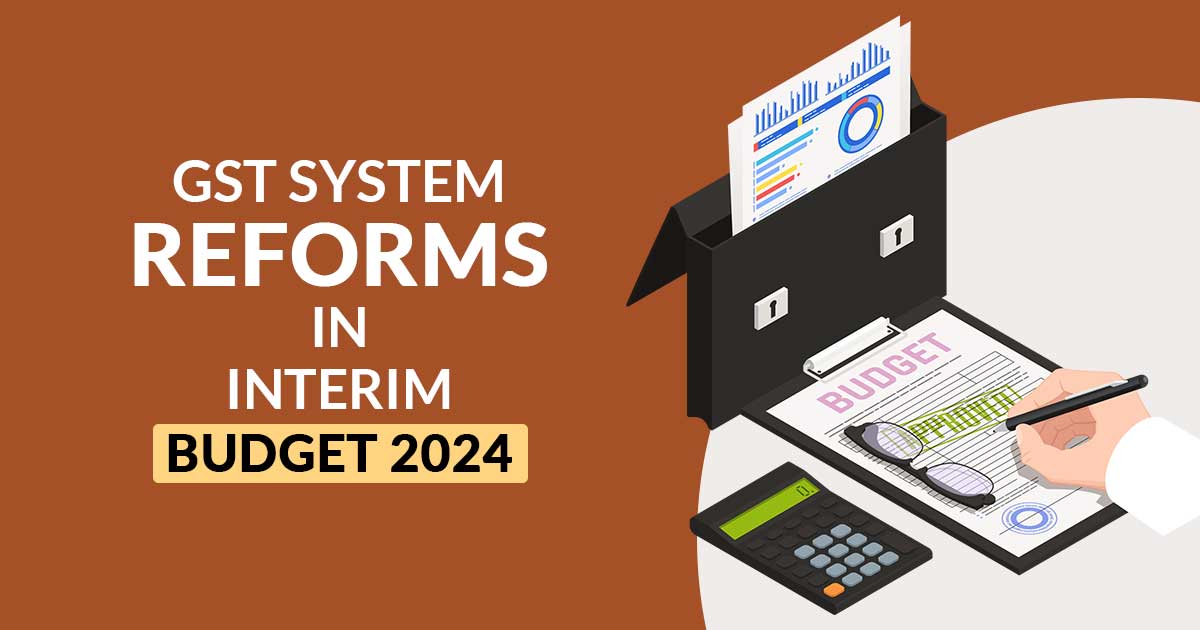
With the majority of initial challenges, such as online portal glitches, invoice matching issues, and delays in refunds, largely addressed and monthly revenue consistently exceeding Rs 1.6 lakh crore, experts suggest that the government is poised to advance the second-generation reforms in the GST.
In the upcoming interim budget presentation on February 1, Finance Minister Nirmala Sitharaman is expected to provide a general outline of the proposed GST system reforms.
While actual changes to the GST would require the approval of the GST Council, businesses would welcome a clear direction regarding the thought process for the next phase of GST reforms.
Two key issues are likely to mark the onset of the second-generation GST reform: the rationalization of tax slabs and the inclusion of petroleum products under the GST ambit.
Many countries with GST or comparable nationwide tax systems typically employ one or two tax slabs. In contrast, India currently utilizes four primary GST tax slabs – 5%, 12%, 18%, and 28%, each accompanied by applicable cess. Additionally, there are special rates for specific items, such as a 3% tax on gold and a 0.25% GST on rough precious, and semi-precious stones.
In 2021, a Group of Ministers (GoM) was established under the chairmanship of the then Karnataka Chief Minister Basavaraj Bommai to propose the rationalization of GST slabs and rates. The Bommai panel submitted an interim report in June 2022, seeking further time from the GST Council to finalize their recommendations on rates.
However, following a change in government in Karnataka, the panel has been reconstituted and is now led by Uttar Pradesh Finance Minister Suresh Khanna. The seven-member panel includes finance ministers from Kerala, Karnataka, West Bengal, Rajasthan, Bihar, and Goa.
Important: How Can FM Introduce the NTR More Appealing to Taxpayers in Budget 2024?
There are indications that the number of tax slabs may be reduced to three, with the possibility of eliminating the 12% slab. Items from this slab could be merged with either the 18% or 5% slabs. Additionally, there is speculation about reconfiguring the 5% slab to a higher rate, possibly 8%.
Currently, a majority of products are taxed at 18%, while the highest slab of 28% plus cess is applied to other goods. The GST Council has previously revised rates for various products on multiple occasions.
The Confederation of Indian Industries (CII) has advocated for a three-tiered tax structure, proposing “a low rate for essentials, a standard rate for most goods, and a high rate for luxury and other goods.” In its recommendations for the union budget, CII also highlighted the need to include products like petroleum, electricity, and real estate, currently outside the GST, in the GST framework.
Incorporating petroleum products into the GST has been a contentious issue between the central government and states, given that taxes on petroleum products constitute a significant revenue source for all.
Although the union government supports the inclusion of petroleum products in the GST, most states remain sceptical. Finance Minister Sitharaman stated during a post-budget session last year that once states agree, petroleum products could be brought under the GST.
The central government may advocate for including aviation turbine fuel (ATF) and natural gas under the GST, as the likelihood of states opposing these products is lower compared to diesel and petrol.
He emphasized that robust tax collections will provide the government with the confidence to advance pending reforms. In the first nine months of the current financial year, the average monthly GST collection stood at Rs 1.66 lakh crore, marking a 12% increase year-on-year.